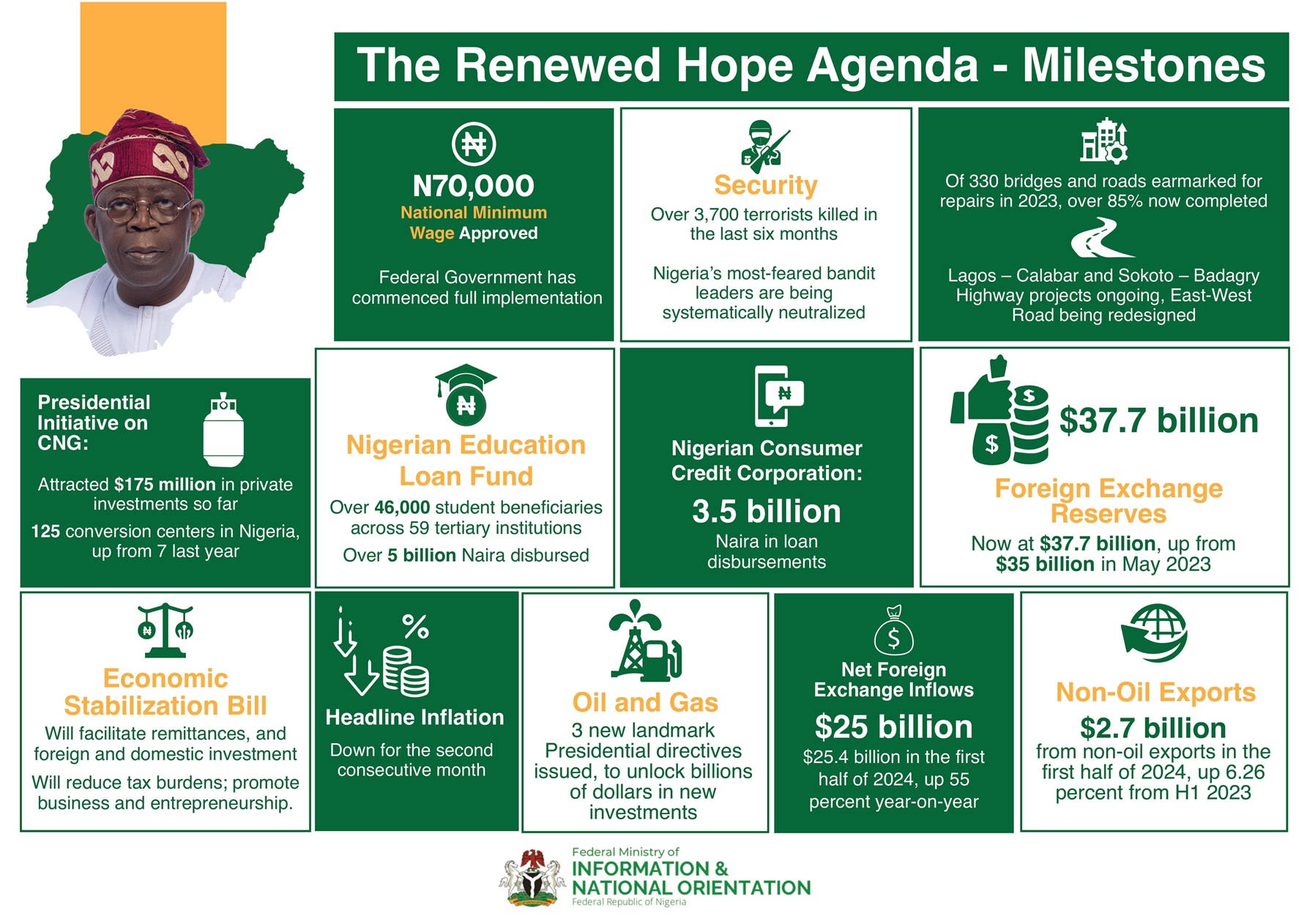Brent is trading in the neighborhood of $70 per barrel, a price not seen since the spring of 2019.
The unexpected assassination of one of the most important figures in the Iranian government set off fears of a hot war between the U.S. and Iran. Iran has vowed revenge. Trump has vowed more attacks, including potential war crimes, if Iran does anything in response to the killing. Iran has withdrawn completely from the 2015 nuclear deal. Iraq has begun laying the groundwork to force U.S. troops to exit the country. Trump has threatened Iraq with harsh sanctions if they follow through. Needless to say, these are dangerous times in the Middle East.
A long list of analysts have speculated that Iran could target oil installations. The U.S. State Department warned of a “heightened risk of missile/drone attacks” in Saudi Arabia. The shipping industry is warning of more risk to oil tankers in the Persian Gulf. Brent has already added about $4 to the price of a barrel of oil.
“We are going to grind through the $70s up toward $80 Brent as Iran calibrates and executes its retaliation,” Bob McNally of Rapidan Energy Group told Bloomberg.
“This geopolitical price support comes at a time when fundamentals are beginning to increasingly point in the same direction,” JBC Energy said in a note. “For example, our global inventory indicator showed a build of some 50 million barrels for Q4-18, while the last quarter came it at only 9 million barrels, indicating that the market is anyway in an already tighter situation.”
“[W]e would certainly not be surprised if prices were to go higher still,” JBC Energy added.
Others agreed. “If Iraq were to plunge into chaos, up to 4 million barrels per day could be at risk. Even Saudi Arabia could not plug such a big hole. A risk premium on the oil price is therefore justified,” Commerzbank wrote in a note on Monday. On that note, the WSJ reported that oil companies in Iraq are stepping up security. The State Department told all Americans to leave Iraq, although it’s not clear that operations at Iraqi oil fields will be affected. Chevron is reportedly evacuating its non-Iraqi staff from Kurdistan.
In short, all of the elements for higher oil prices are in place.
But not everyone sees the rally continuing. Oil prices have already shot up since last week due to the prospect of war, but no oil has actually been knocked offline. “While tensions in the Middle East have undeniably escalated with Iran reportedly committing to retaliating, we believe that the current risk premium embedded in Brent prices (through timespreads) is already elevated, with an actual supply disruption now necessary to sustain oil prices near current levels of $69/bbl,” Goldman Sachs said in a note. “Absent a major supply disruption, we therefore believe that price risks are skewed to the downside in coming weeks, with oil prices already trading above our fundamental fair value of $63/bbl ahead of the recent events.”
Goldman also noted that the range of scenarios is wide. In fact, a regional war could also lead to curtailed demand, thus putting downward pressure on prices. Global equity markets were obviously rattled by the conflict. Moreover, any surge in crude prices could be met with weaker demand, undercutting the rally.
Goldman Sachs added that the sudden spike in spot prices relative to long-dated futures – creating a backwardation in the forward curve – reflects the market concerns about short-term disruption. No surprise there, given the fear of war. But the bank put specific numbers on the impact, calculating that the backwardation structure “can be interpreted as the market immediately and pre-emptively pricing in an outage of 800 kb/d for three months or a 30 percent change of a much larger 2.7 mb/d outage for three months.”
In other words, oil already has a big disruption priced in; if no disruption occurs, prices could fall back. Meanwhile, OPEC is still sitting on a large degree of spare capacity, with around 2 mb/d immediately available. Higher prices could also set off more drilling in U.S. shale, although there would be a lag time in response.
Oil traders arguably recognize this perspective. During midday trading on Monday, prices fell back from their recent highs. But the U.S.-Iran conflict, and potential war, will surely last more than a few news cycles.
- By Nick Cunningham of Oilprice.com, January 06, 2020

